10 Interesting Human Heart Facts for Kids (2024 Updated)
Ever wondered why your heart doesn’t take a coffee break? Or how it manages to push blood around your body like a boss?
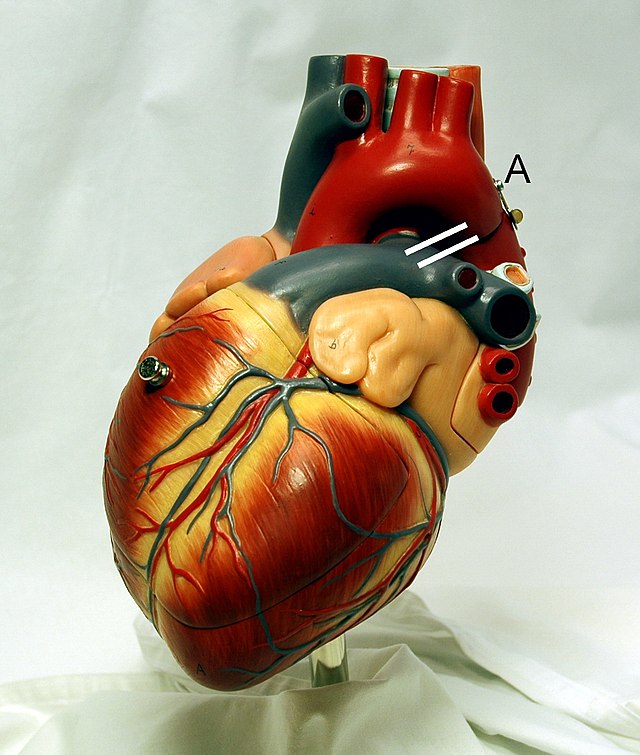
From its size to its non-stop beat, you’re in for a treat of heart-tastic proportions. So, if you’re up for a tour of your body’s coolest rhythm-maker, grab a front-row seat and let’s dive into the groove of heart knowledge!
10 Interesting Facts About the Human Heart
1. The Heart Creates Unique Patterns
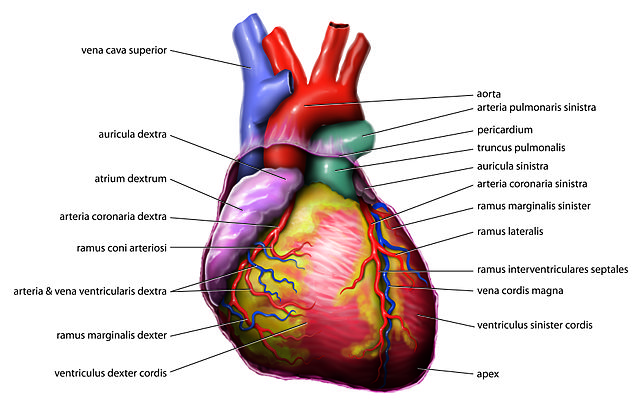
Did you know your heart can draw? Well, sort of! The heart’s electrical signals, captured by an electrocardiogram (ECG or EKG), create patterns that doctors can read.
2. The Heart Plays a Role as a Hormone
Believe it or not, your heart is also a blood factory! It produces a hormone called EPO that tells your bone marrow to make more red blood cells, helping you carry oxygen around like a champ.
3. The Heart Remains Steady Even During Deep Sleep
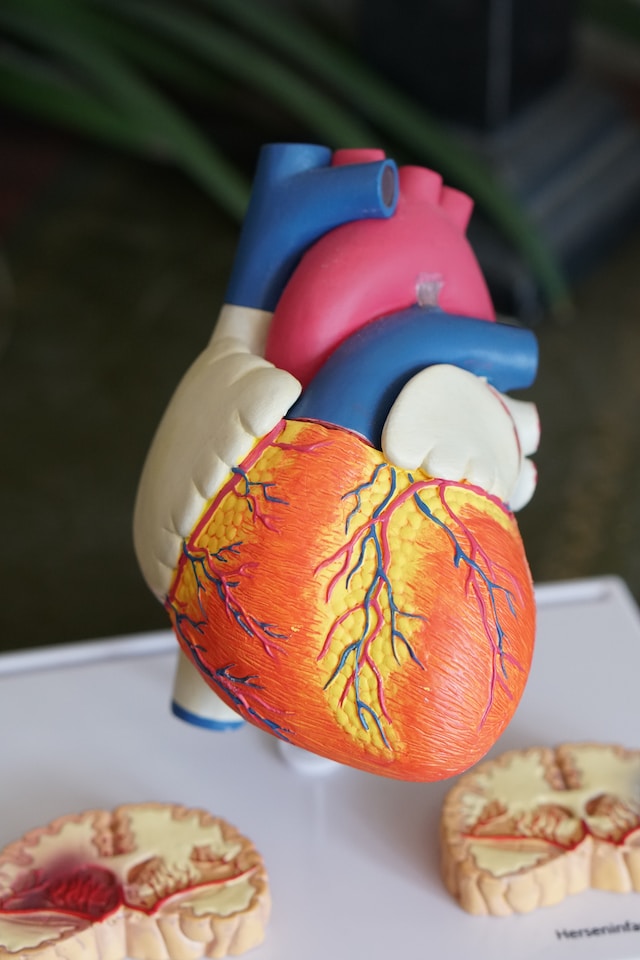
Even while you snooze, your heart is wide awake. During deep sleep, it keeps working steadily, making sure you wake up refreshed and ready for the day ahead.
4. The Heart’s Pace Dances in Tune with Human Emotions
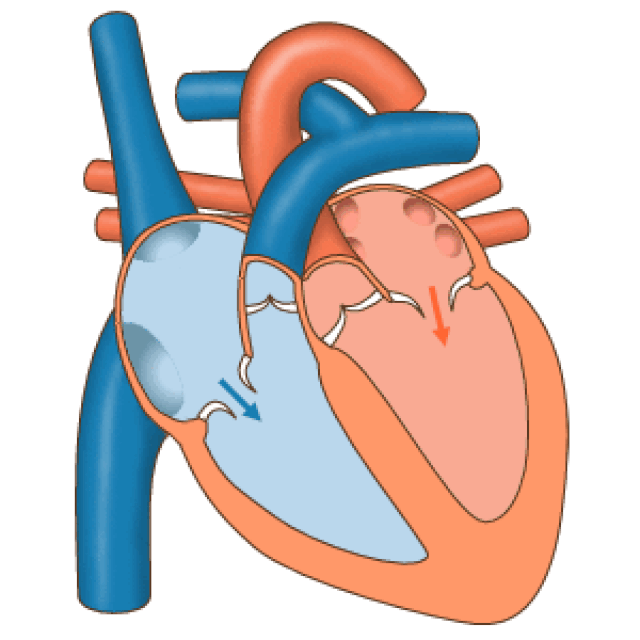
Your heart isn’t just about biology; it’s also about feelings. When you’re excited or scared, your heart can beat faster. When you’re calm, it slows down.
Check out our article on Muscle Facts for Kids.
5. The Heart’s Cells Dance Together in Synchronized Beats
Your heart’s rhythm isn’t just solo, it’s a team player. Heart cells work together like a synchronised dance, making sure the heart contracts in a perfect rhythm.
6. Heart’s First Beat Commences Before Birth
Your heart begins its symphony before you’re even born! By just 3 weeks after conception, it’s already beating, and it won’t stop until the end of your journey.
7. The Hummingbird’s Heart Beats at an Incredible 1,200 Beats per Minute

Nature’s heartbeats come in various rhythms, especially among birds. For instance, the hummingbird’s heart flutters at a stunning 1,200 beats per minute. This avian heartbeat spectacle is akin to a rapid-fire drum solo, showcasing nature’s diversity.
8. The Heart is a Four-Chamber Wonder
The heart isn’t just one big pump, it’s got four chambers! Two atria (receiving chambers) welcome oxygenated and deoxygenated blood from the body and lungs. Two ventricles (pumping chambers) then send out the blood to the rest of the body.
9. The Heart has it’s Own Melody
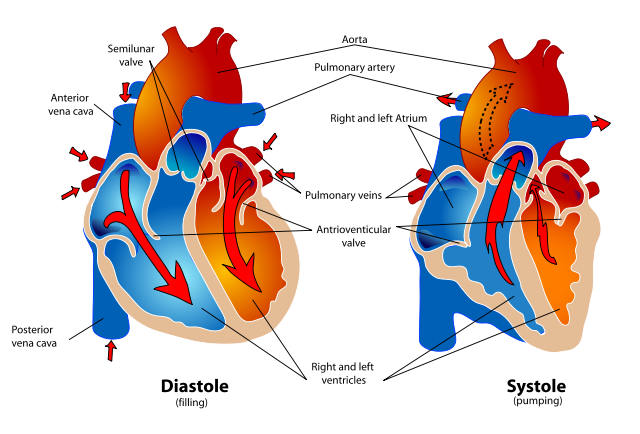
Ever listen to your heart’s song? With a stethoscope, doctors and nurses can hear the beats and rhythm of your heart. The sound is created by the opening and closing of valves as blood flows through its chambers.
10. The Heart Pumps an Average of Around One Million Barrels of Blood
Your heart is a true workhorse. Throughout an average lifetime, it pumps the equivalent of a whopping 1 million barrels of blood – that’s like a million times filling up a large barrel with blood!
FAQs About the Human Heart
How does the heart create electrical patterns?
Answer: The heart’s electrical patterns are created by the coordinated firing of specialized cells called cardiomyocytes. These electrical signals can be captured and displayed as patterns through an electrocardiogram (ECG or EKG).
What is the hormone EPO, and what does it do?
Answer: EPO stands for erythropoietin, and it is produced by the heart. EPO is a hormone that stimulates the bone marrow to produce more red blood cells, increasing human body’s capacity to carry oxygen.
Does the heart ever rest, even during deep sleep?
Answer: No, the heart does not rest during deep sleep. It continues to beat steadily to ensure that vital functions are maintained, such as oxygenating organs and tissues.
How does emotion affect the heart’s rhythm?
Answer: Emotions can influence heart rate. When you experience excitement or fear, the heart tends to beat faster (increased heart rate). Conversely, during moments of calmness or relaxation, the heart rate tends to slow down.
What are the four chambers of the heart, and what is their function?
Answer: The heart has four chambers: two atria (upper chambers) and two ventricles (lower chambers). Atria receive oxygenated and deoxygenated blood, while ventricles pump this blood to the rest of the body and lungs. This division ensures efficient oxygenation and circulation.
Conclusion
From its rhythm to its secrets, your heart is a fascinating enigma. It’s not just a pump; it’s a symphony of science and wonder. So, keep your heart healthy, and remember, it’s the conductor of your body’s greatest show!
